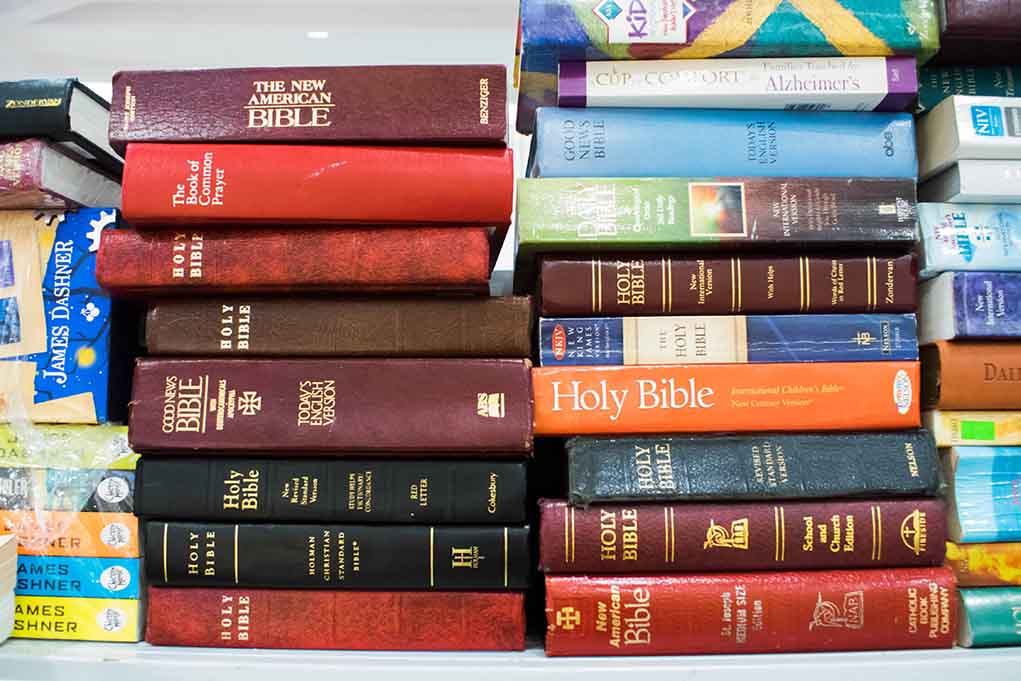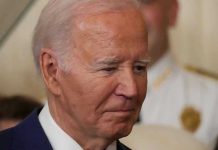
Pope Francis, the first pontiff from the Americas, has died at age 88, triggering an ancient process that will determine who leads the world’s 1.3 billion Catholics.
Key Takeaways
- The Catholic Church has entered a period called “Sede Vacante” (vacant seat) following Pope Francis’ death, with Cardinal Kevin Farrell serving as camerlengo to oversee operations.
- The Pope’s Ring of the Fisherman has been ceremonially broken, and the Church has begun a nine-day mourning period known as “Novendial.”
- A conclave of cardinals under 80 years old will gather in the Sistine Chapel within 15-20 days to elect a new pope through secret ballot.
- The process requires a two-thirds majority vote, with black smoke indicating no decision and white smoke announcing a new pontiff has been selected.
- Once elected, the new pope will deliver his first blessing from St. Peter’s Basilica’s main balcony to the waiting faithful.
The Papal Vacancy Begins
Pope Francis’ death at 88 has activated the Catholic Church’s carefully choreographed succession process. Cardinal Kevin Farrell, as camerlengo (chamberlain), officially confirmed the pontiff’s passing by calling his baptismal name three times. Upon receiving no response, he declared the Pope dead. The Pope’s Ring of the Fisherman, which bears his personal seal, has been ceremonially broken to prevent any documents from being authorized during the vacancy, and his papal apartment has been sealed.
The Church has now entered what is known as “Sede Vacante” – Latin for “vacant seat” – the period when no pope occupies the Chair of St. Peter. During this time, the College of Cardinals assumes temporary leadership of the Church, though with limited authority. Most Vatican operations and major decisions are suspended until a new pontiff is elected. The Church’s day-to-day administration continues under Cardinal Farrell’s supervision, while preparations for both the funeral and conclave move forward simultaneously.
What happens now that Pope Francis has died? https://t.co/X0cJRbgVK7
— New York Post (@nypost) April 21, 2025
Nine Days of Mourning
The Catholic Church has begun the “Novendial,” a nine-day mourning period honoring Pope Francis. His funeral will likely take place within four to six days, featuring simplified rites in accordance with his wishes for humility that characterized his papacy. World leaders and representatives from other religious traditions are expected to attend the service at St. Peter’s Square, which will draw massive crowds of mourners and the faithful from around the globe.
US Vice President JD Vance, who met with Pope Francis shortly before his death, expressed his condolences, noting, “I was happy to see him yesterday, though he was obviously very ill.”
The Conclave Process
Between 15 and 20 days after Pope Francis’ death, the papal conclave will convene to elect his successor. Only cardinals under 80 years of age – approximately 120 – are eligible to participate in this centuries-old process. The cardinal electors will be completely sequestered in the Vatican, cut off from outside communication, staying in the Domus Sanctae Marthae residence when not actively engaged in voting within the Sistine Chapel.
The cardinals hold two voting sessions each morning and two each afternoon until a pope is elected. Each cardinal writes his choice on a ballot, folds it, and places it in a golden chalice on the altar. If no candidate receives the required two-thirds majority after three days, the process pauses for a day of prayer and reflection before resuming. The ballots are burned after each round of voting – with chemical additives determining the smoke’s color – black indicating no decision, white announcing a successful election.
Introducing the New Pope
When a cardinal finally receives the necessary two-thirds majority, the dean of the College of Cardinals asks if he accepts his election as pope. Upon acceptance, the new pontiff selects his papal name, is dressed in the traditional white vestments, and receives the cardinals’ pledges of obedience while seated on a throne in the Sistine Chapel. This marks the official beginning of his papacy, though the formal installation ceremony will take place days later.
The senior cardinal deacon then steps onto the central balcony of St. Peter’s Basilica and proclaims to the waiting crowd and world, “Habemus Papam” (“We have a Pope”). He announces the new pope’s birth name and the papal name he has chosen. Moments later, the newly elected pontiff emerges on the balcony to deliver his first apostolic blessing “Urbi et Orbi” (to the city of Rome and to the world), commencing a new chapter in the Catholic Church’s 2,000-year history.
Sources
- Pope Francis dead: How will the new pope be elected? Is there a voting? Here’s all about the papal conclave
- What Happens After Pope Francis’ Death? ‘Sede Vacante’ Explained
- What happens now that Pope Francis has died?












